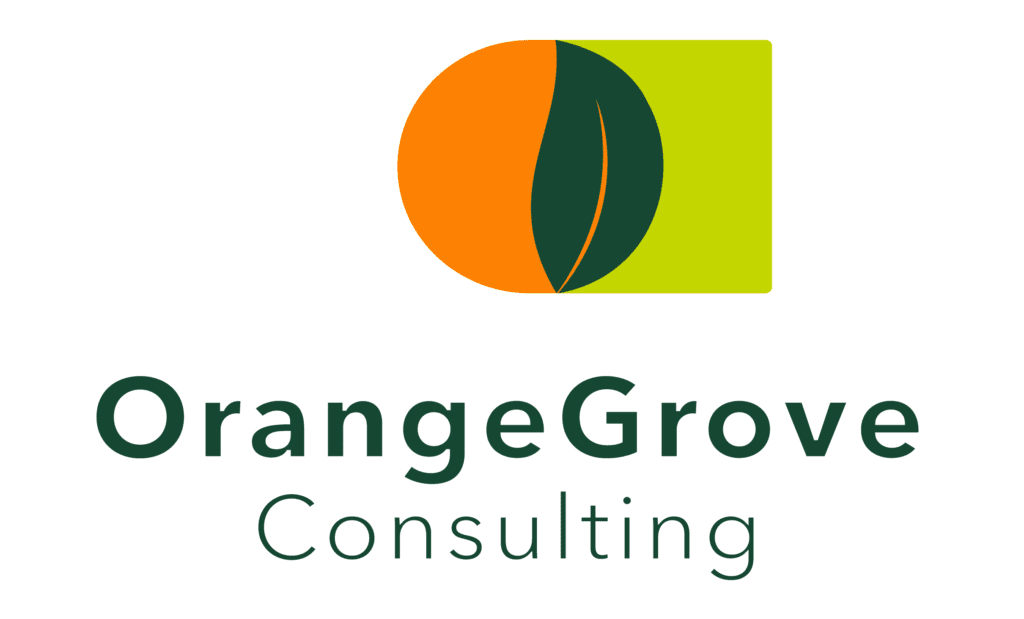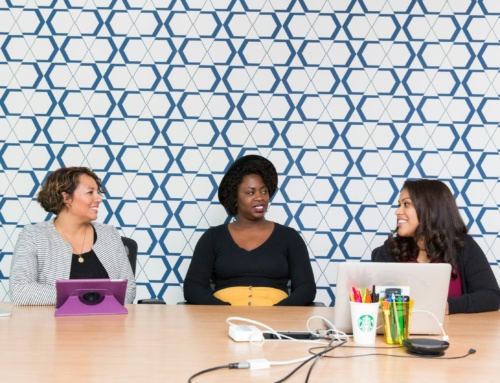One of the most discouraging things for a Diversity and Inclusion leader to overhear is frustration expressed that including diversity in the workplace is “too hard” or worse, that “we’ve gone too far.” The fervor around the Kavanagh hearings, which has some fearing a massive wave of false accusations and the firing of NBC’s Megan Kelly over what she felt was an innocuous blackface comment, has put workplace diversity initiatives under pressure. Worse, the politicization of these issues threatens to silence the conversation that #metoo and black lives matter movements began.
Since minorities and women remain under-represented in leadership in many American businesses with most run by white men, it seems clear that diversity has not “gone too far.” But what has happened is the approach to educating has become uncomfortable for the learners. Whether because someone has been publicly chastised for making a mistake, been judged for conduct they feel is ancient history, or stretched too far outside of their comfort zone, the open and receptive mindset for change has been threatened. Further, teaching people to be “politically correct” instead of authentically learning about diversity, can make learners feel like they are “tiptoeing around” hoping not to make a mistake.
Part of the problem is that the audience of learners in any organization isn’t homogenous to begin with. Some learners have a head start because they have a lot of experience with diversity where others may have to navigate interactions with professional women, people of color, and LGBTQ people for the first time in the workplace. But most D&I training is one-size-fits-all, which can be time-consuming, frustrating, and can often feel patronizing. Teaching the right words to say is far less effective than teaching people the tools to have open and honest conversations.
Another issue is with buy-in. We assume that because managing diversity is a priority of top leadership and a recognized 21st century leadership skill, people want to learn it. So we provide training to teach these skills. But that isn’t always the goal. Some people surround themselves with people just like them so they don’t have to deal with difference. It’s more comfortable, even maybe more fun because they have a built-in social network as well. Despite the data that shows organizations can be much more innovative and effective with a diverse team than a homogenous one, its often easier to stay in one’s comfort zone.
Learning these skills can be hard. There is a high price for mistakes: from offending people inadvertently to losing face or even a job. Getting it wrong as a leader can also send top talent out the door and over to a competitor. And in the short run, managing diversity can be more complicated. When you can’t finish someone’s sentence or have to slow down to understand through a thick accent, it can be tempting to assume that homogeneity would be easier.
So, how can we create a safe place for people to learn and motivate them to want to do so?
First, diversity training should be about moving each individual forward from where they are today.
This requires a much more personalized and authentic experience. It starts with giving individuals an honest assessment of where they are on the skills continuum and providing the coaching and support they need along the way to develop. Training should not be mandatory: It should be something rising leaders want to attend because they will become a more effective leader. And if they don’t, that should tell you something about whether or not they should be rising.
Second, we need to reward progress.
When someone demonstrates the ability to recruit, retain, and manage a diverse team consistently over time, they should be highlighted. If someone can’t, there should be negative consequences or coaching. Just like with any other leadership skill, we have to show them that the organization considers this skill valuable. While it can seem uncomfortable to judge people on this dimension, one way is to just look objectively at the numbers – Is everyone on their team from the same gender, race, socio-economic background, college, family situation, political party, and social network? This includes, by the way, all-women teams and teams of all the same racial group. Truly diverse teams are diverse on many dimensions and effectively integrate a variety of perspectives. Don’t be afraid to use rewards as a carrot or stick to motivate learning.
Finally, we need to create a learning organization…
one that supports those who are authentically trying to get better by providing honest feedback about their mistakes and support for their continued journey. This means having open dialogue, stopping to de-brief when an exchange leaves someone feeling offended. And it means exhibiting empathy for those who may have a different opinion. We can only de-politicize these issues if we are willing to listen to all sides, uncover flawed assumptions, and strive for common ground. Hosting discussion forums and de-briefing conflict situations can be extremely effective tools. A learning organization can create the psychological safety needed for people to raise questions, express feelings, and learn from mistakes.
Hopefully, the progress organizations have made to become more inclusive will not be stymied by this recent diversity fatigue backlash. It may help to empathize with those who express signs of diversity fatigue, encouraging open dialog rather than political correctness. But since diversity fatigue is a sign that the learning environment has been jeopardized, we can’t afford to ignore it.
If you’re looking to help overcome diversity fatigue at your organization, please contact us at [email protected] to arrange a one-on-one conversation about your challenges and how we can help.
Contact Us




